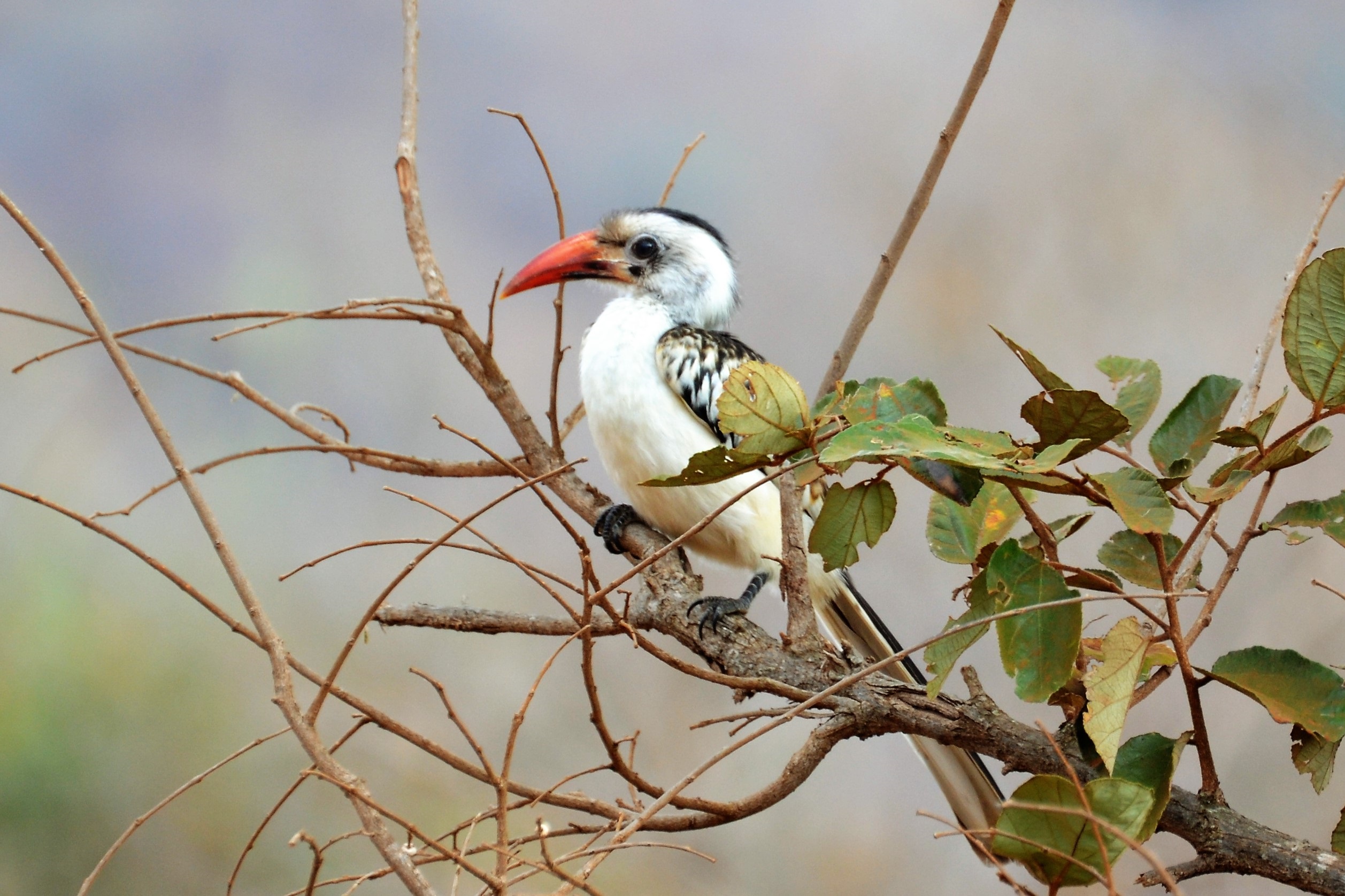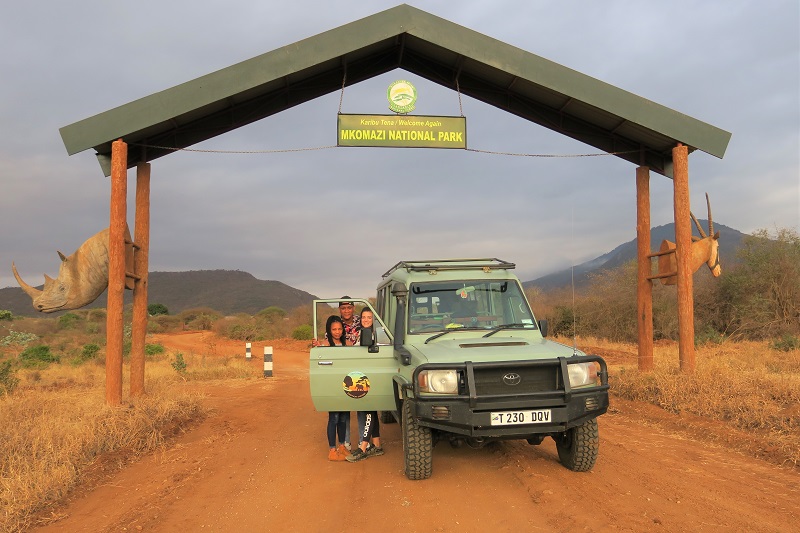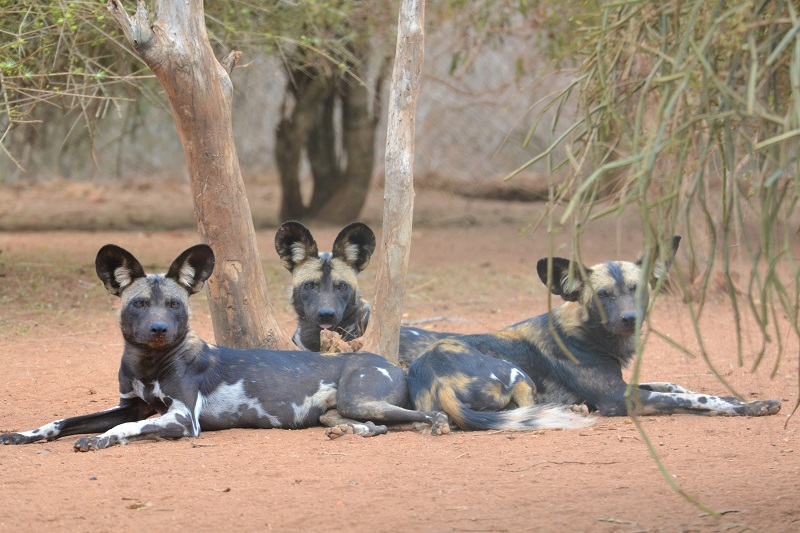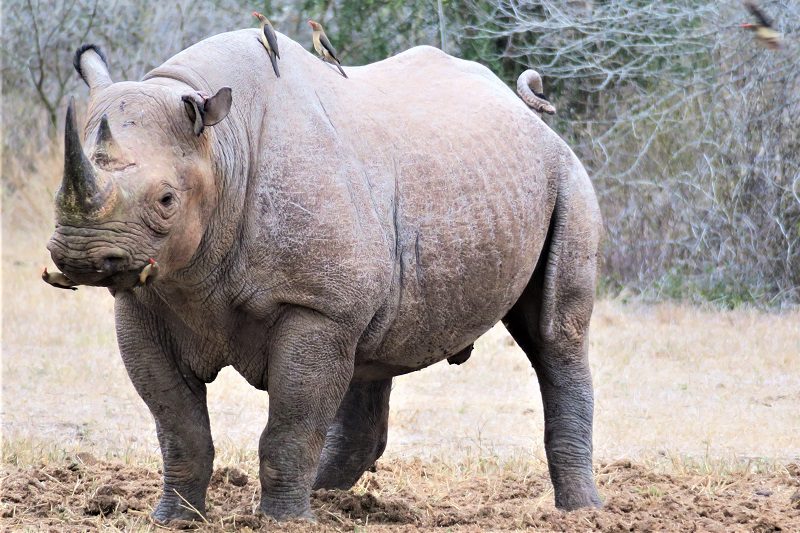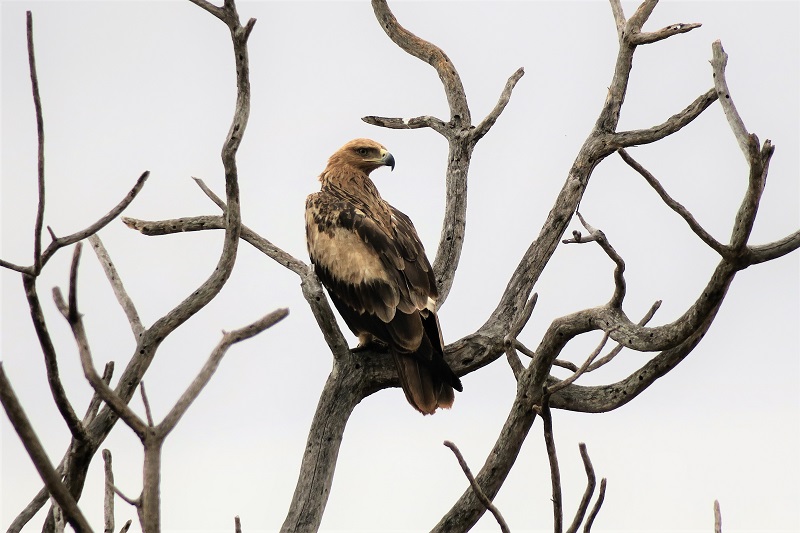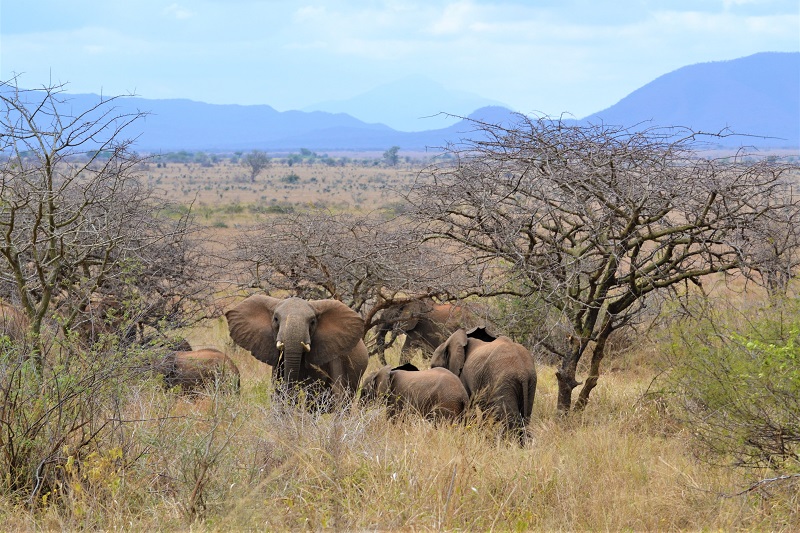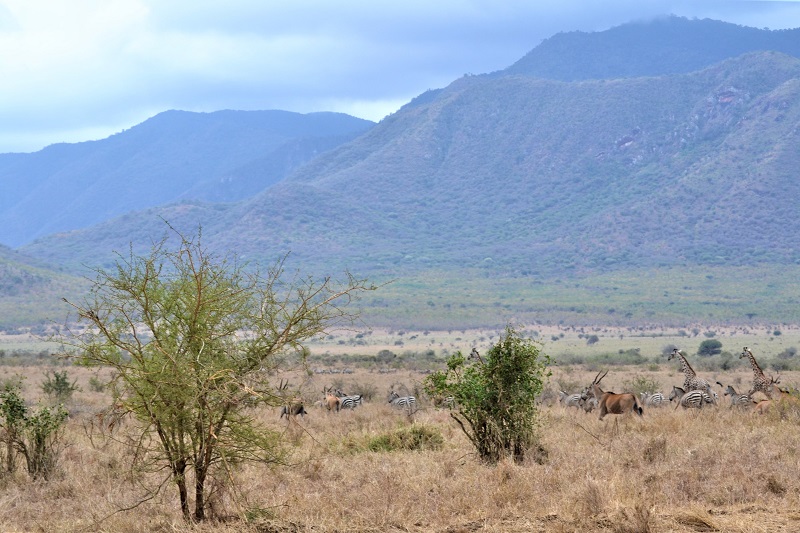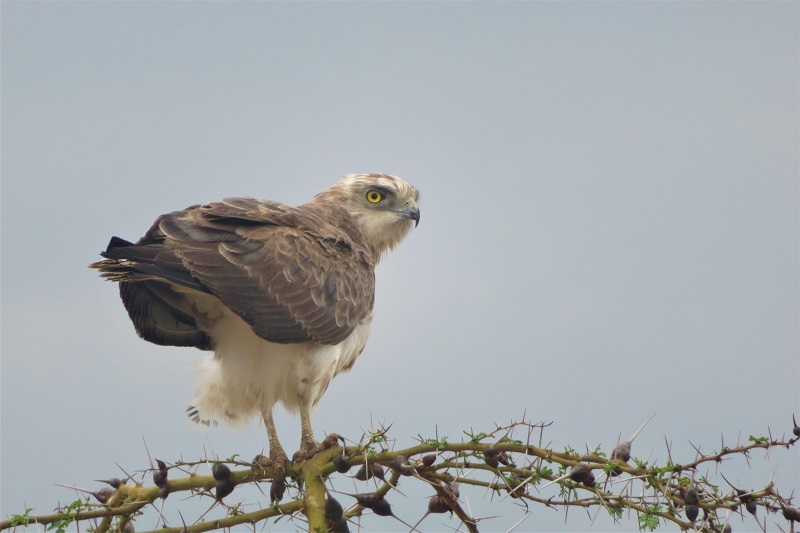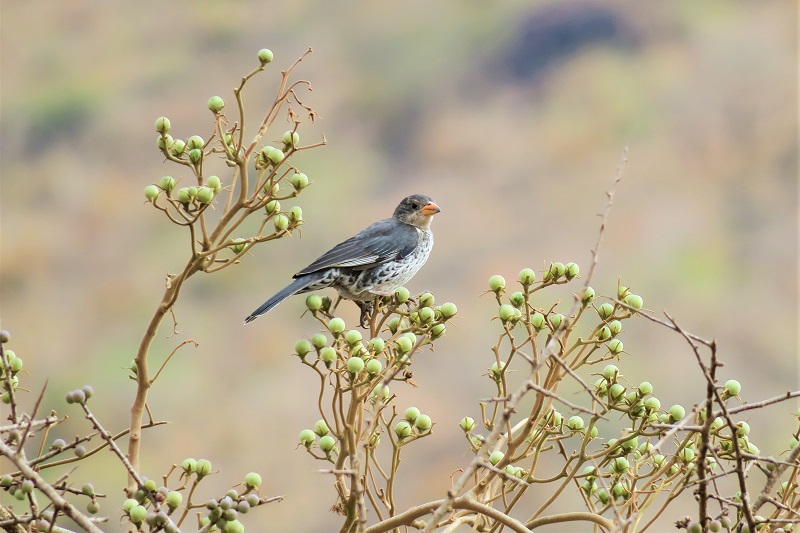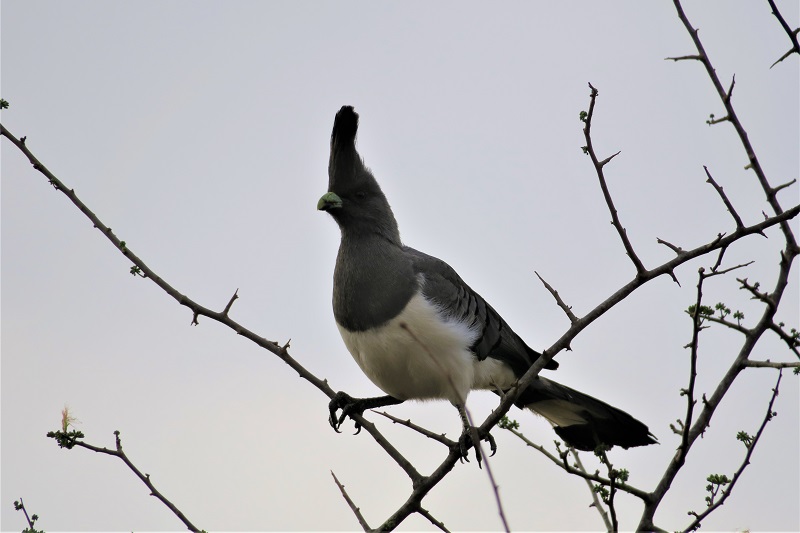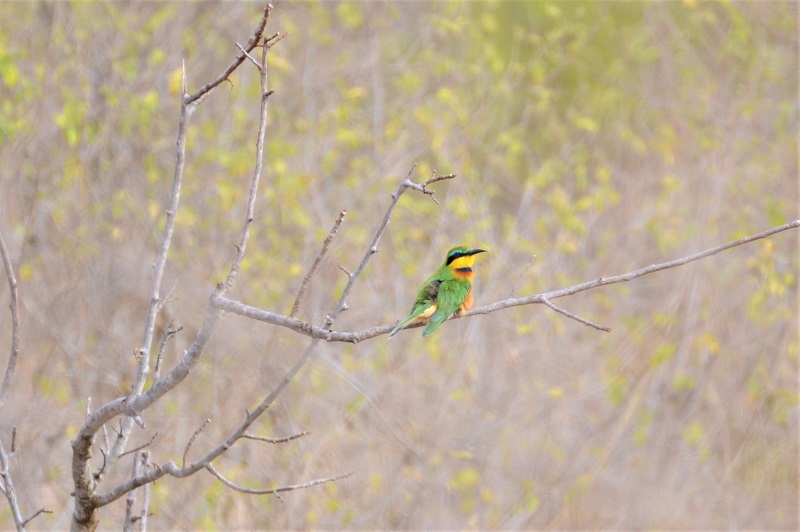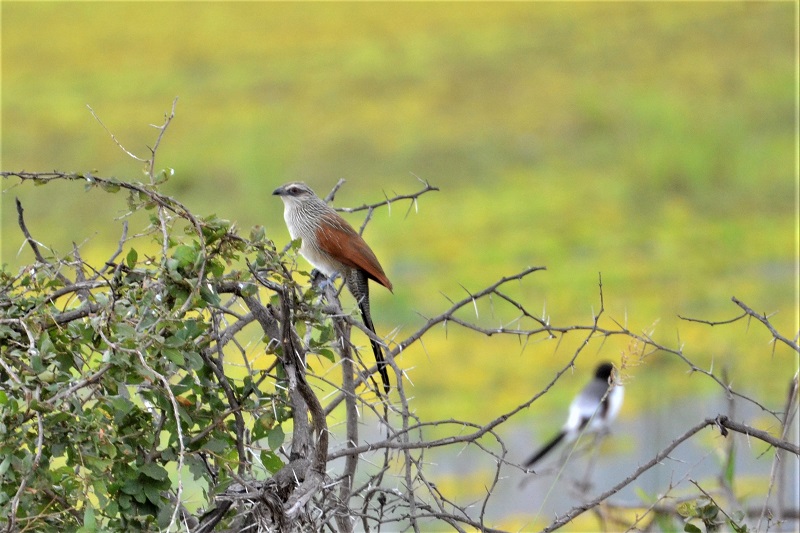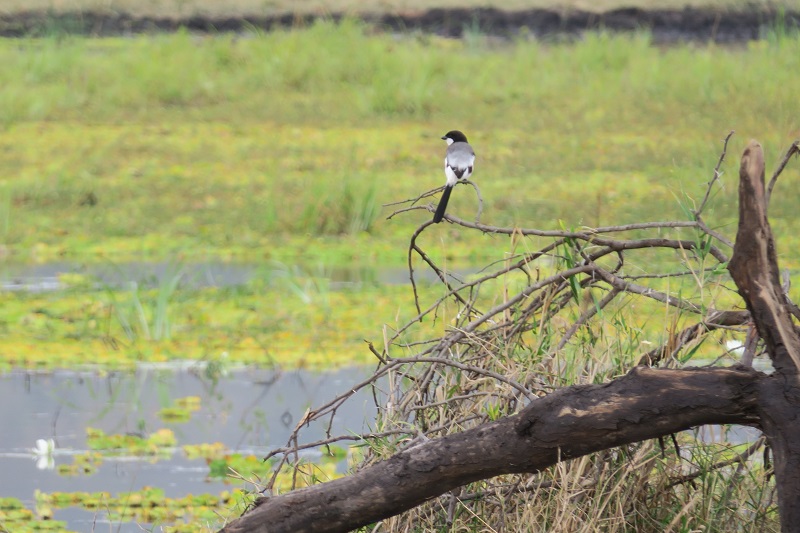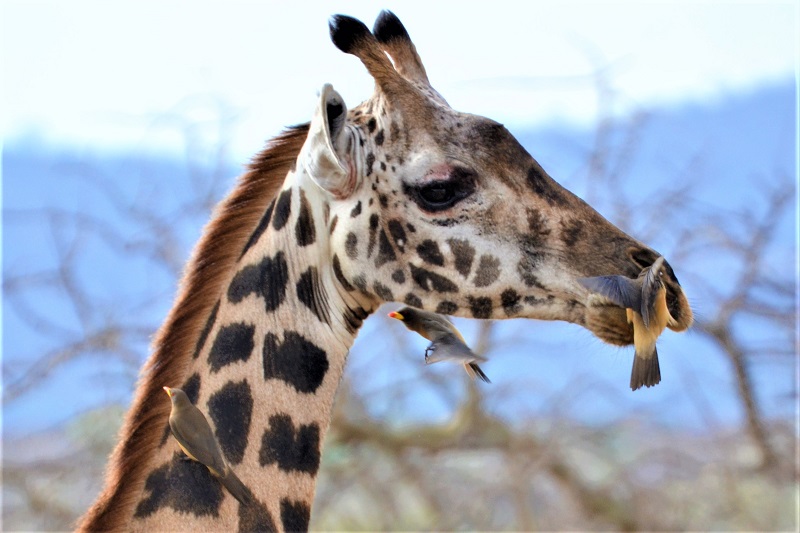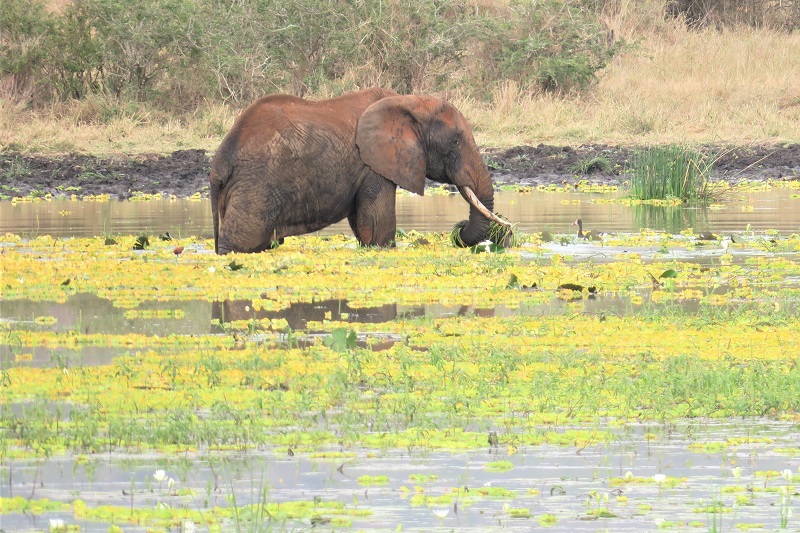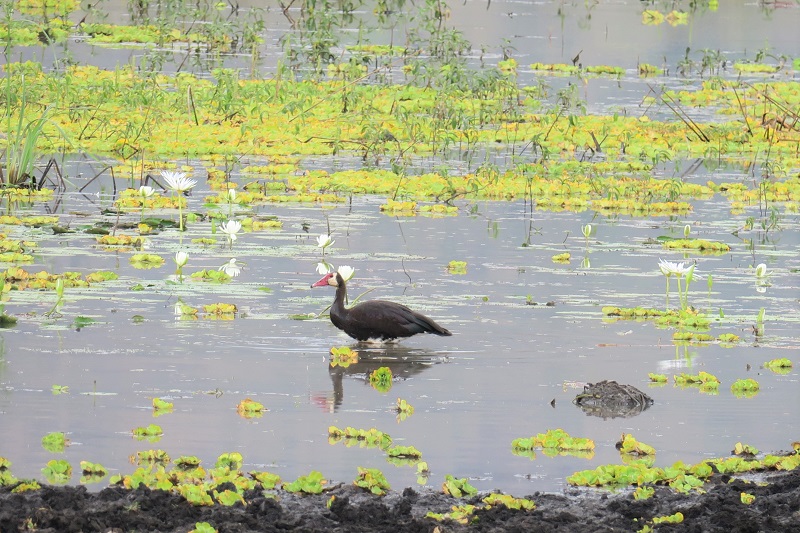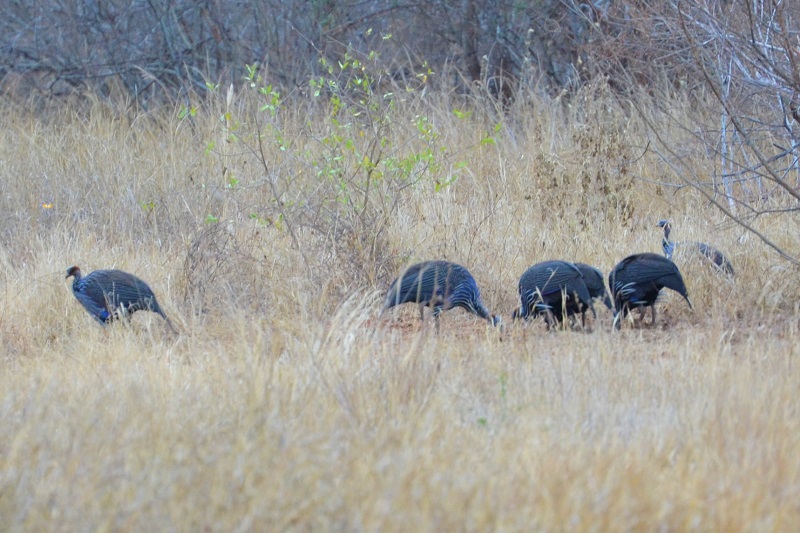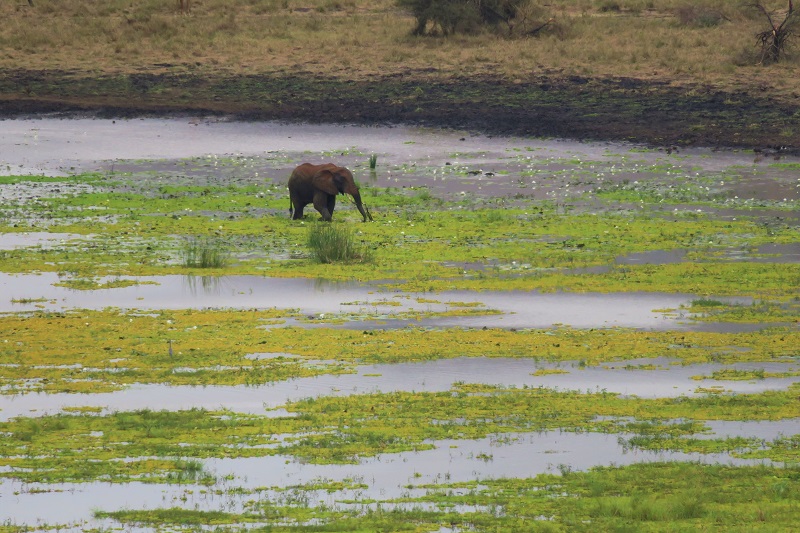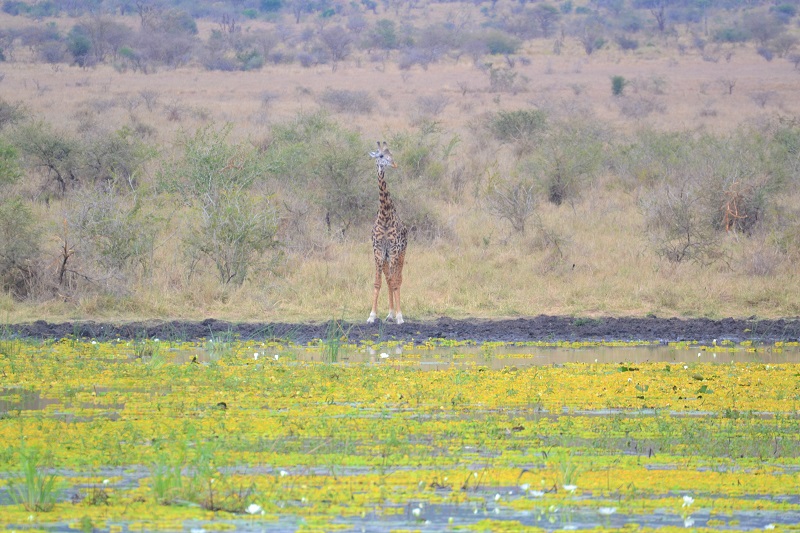Extension in Tanzania of the Tsavo National Park in Kenya, the Mkomazi National Park is an unspoilt little wonder and not at all tourist, nestled between the Pare Mountains and the Usambara Mountains, with the Kilimanjaro in the northwest background. It is located along the path that leads from the northern parks to the coast, in a succession of hills dotted with majestic baobabs. Due to its drier climate than other parks, it is possible to meet rather rare animal species in the rest of Tanzania, such as gerenuk, oryx and minor kudu. The park also hosts two conservation projects for the reproduction of black rhinos and wild dogs. Ideal for fans of birdwatching, there also live some species of birds hardly seen elsewhere.
Mkomazi National Park
clicca sul segnaposto
AREAS OF THE PARK
- 1 to 2 days to visit the park
- 3,245 km² extension (equal to Valle d’Aosta)
- altitudine gives 230 to 1,620 metri, summit of Mount Kinondo
- Zange Gate – 3 hours and a half from Arusha – 2 hours from Moshi
- Njiro Gate – 4 hours from Tanga
- accommodation in Same or Moshi – save accommodation fees in protected areas
- accommodation in Mkomazi National Park
Mkomazi means, in the Pare language, “ladle of water”; the park is in fact in the least rainy area of Tanzania, which makes its plains unsuitable for grazing for large herds of herbivores. The territory of the park, rich in marshes and vegetation, is more hospitable for mammals than the neighboring Tsavo national park in Kenya. Mkomazi National Park deserves a stop for the location nestled in the mountains, for the variety and originality of its landscape, for the opportunity to observe rare species almost alone, as well as the presence of the conservation and reintegration project of the black rhinoceros. Birdwatching paradise, the park is divided into two areas: to the north-west the lush and bright marshes where you can see the fauna in an enchanting landscape, to the east paths in the dense bush lead to the unmissable Rhino Sanctuary, where, guided by a ranger, you can still see wildlife, in addition to the majestic and always present black rhinos.
Fauna in Mkomazi National Park
one of the best for sightings of
• gerenuk • lesser kudu • fringe-eared oryx • Beisa orix
very frequent sightings of
• elephant • zebra • giraffa • African buffalo • blue wildebeest • eland • Grant’s gazelle • impala • Coke’s hartebeest • dik dik
probable sightings of
• lion • leopard • cheetah • african wolf • spotted hyena • striped hyena • serval • thick-tailed galago • northern greater galago • bat-eared fox • black-backed jackal • worthog • slender mongoose • banded mongoose • dwarf mongoose
very rare sightings of
• honey badger • vervet monkey • yellow baboon
animals reintroduced with conservation projects
• wild dog • black rhino
birdwatching
In Tanzania only here • Common Hoopoe⚑ • Three-streaked Tchagra⚑ • Yellow-vented Eremomela⚑ • Shelley’s Starling⚑
Other species • Ostrich⚑ • Faraona⚑ • Helmeted Guineafowl⚑ • Yellow-necked Francolin⚑ • Red-necked Francolin⚑ • Crested Francolin⚑ • Lesser Flamingo⚑ • White-browed Coucal⚑ • Kori Bustard⚑⚑ • White-bellied Go-away-bird⚑ • Secretarybird⚑⚑ • Bateleur⚑⚑ • Crowned Eagle⚑⚑ • Martial Eagle⚑⚑ • Long-crested Eagle⚑ • Steppe Eagle⚑⚑ • Wahlberg’s Eagle⚑ • Eastern Chanting-goshawk⚑ • Augur Buzzard⚑ • White-headed Mousebird⚑ • Red-billed Hornbill⚑ (in photo) • Northern Carmine Bee-eater⚑ • Little Bee-eater⚑ • African Pygmy-falcon⚑ • Lesser Kestrel⚑ • Red-necked Falcon⚑ • Red-bellied Parrot⚑ • Western Black-headed Batis⚑ • Pringle’s Puffback⚑ • Rosy-patched Bush-shrike⚑ • Long-tailed Fiscal⚑ • Mouse-coloured Penduline-tit⚑ • Pink-breasted Lark⚑ • Friedmann’s Lark⚑ • Somali Crombec⚑ • White-browed Crombec⚑ • Ashy Cisticola⚑ • Tiny Cisticola⚑ • Scaly Chatterer⚑ • Northern Pied Babbler⚑ • Red-billed Oxpecker⚑ • Yellow-billed Oxpecker⚑ • Hildebrandt’s Starling⚑ • Golden-breasted Starling⚑ • Bare-eyed Thrush⚑ • Hunter’s Sunbird⚑ • Black-bellied Sunbird⚑ • Tsavo Sunbird⚑ • Red-billed Buffalo-weaver⚑ • Fire-fronted Bishop⚑ • Jameson’s Firefinch⚑ • African Silverbill • Pangani Longclaw⚑… and several other
⚑ Threatened
⚑ Tanzania endemic
⚑ Near endemic
⚑ Africa endemic
⚑ Migratory
EXTRA ACTIVITIES IN THE PARK
Visit to the Rhino Sanctuary: an area of 55 km² dedicated to the repopulation of the black rhinoceros, a species at very high risk of extinction due to poaching. The reservation is recently open to the public. The visit to the sanctuary, conducted on an off-road vehicle of the “open” type of rangers, is a way to contribute to this important project and at the same time enjoy the ease of sighting of the rarest of the Big Five. At the entrance of the area it is possible to take a short walk to admire the wild dogs, protected in fenced areas to avoid contact with other species at risk of disease transmission. The visit to the Rhino Sanctuary, not to be missed, is paid for, and takes about half a day; the proceeds are destined for the conservation and repopulation project.
Entry to the National Parks in Tanzania is only allowed to licensed off-road vehicles of local tour operators with regular license. The paths of the safaris are strictly bound to the trails. The strict regulation of parks has the commendable aim of safeguarding unspoilt nature and supporting the local economy. “DIY tourism” is hardly practicable. With us, local tour operator with Italian participation, you can realize your dream of a tailor-made safari! Contact us
ACTIVITIES OUTSIDE THE PARK (during the day)
Same: lively town in the Pare Mountains region. On Sundays street vendors from all over the region arrive for the market
ACTIVITIES OUTSIDE THE PARK (additional days)
Usambara mountains: trekking activities away from the safari tourism
Interested in Mkomazi National Park? Contact us!
For information on transit fees and park accommodation, already included in the price of our safaris, visit the Park Fees page. The system of taxation of tourism in the parks of Tanzania is the necessary contribution to the conservation of an uncontaminated and wild natural heritage, of inestimable environmental value.
For general information about all parks in Tanzania and about this park – when to go, where is it, nearby destinations – go to Parks of Tanzania page

